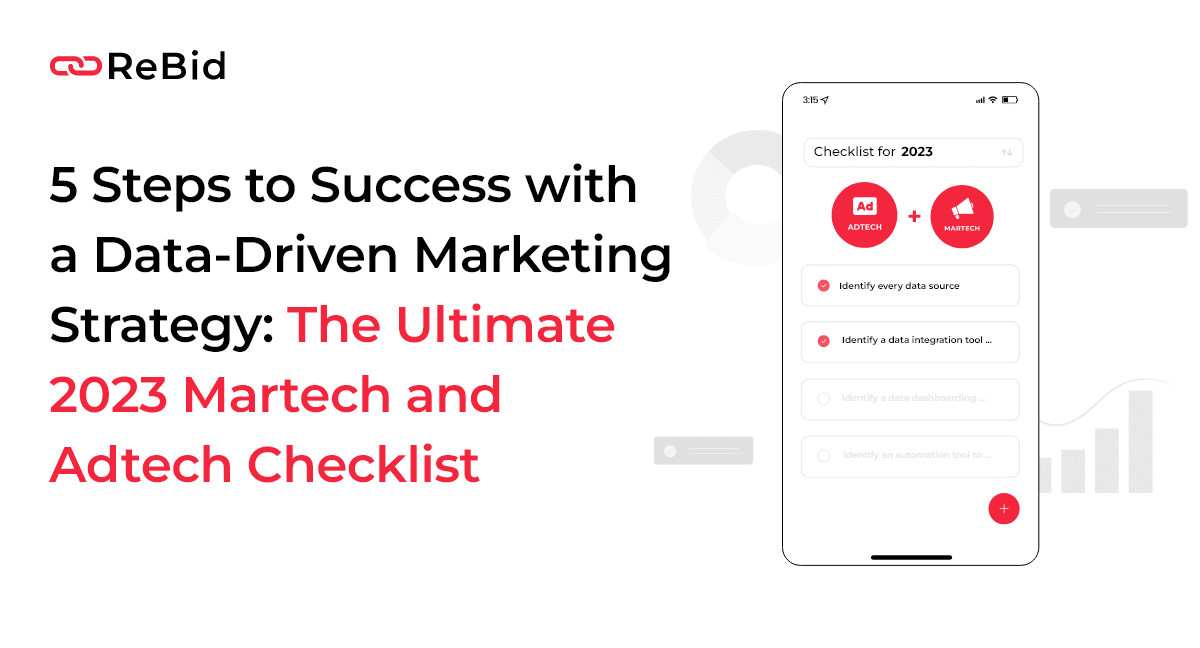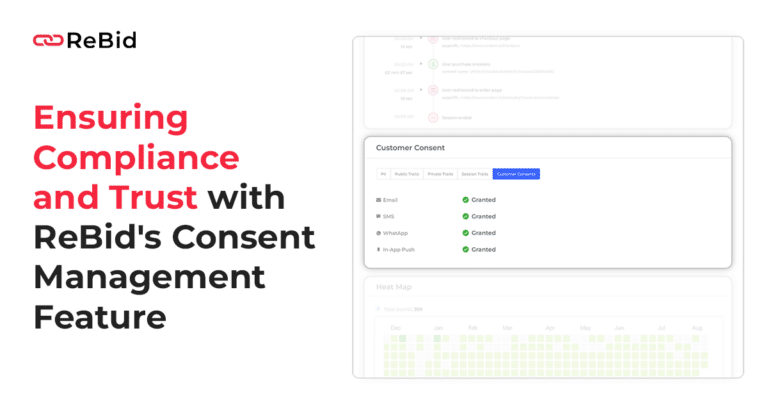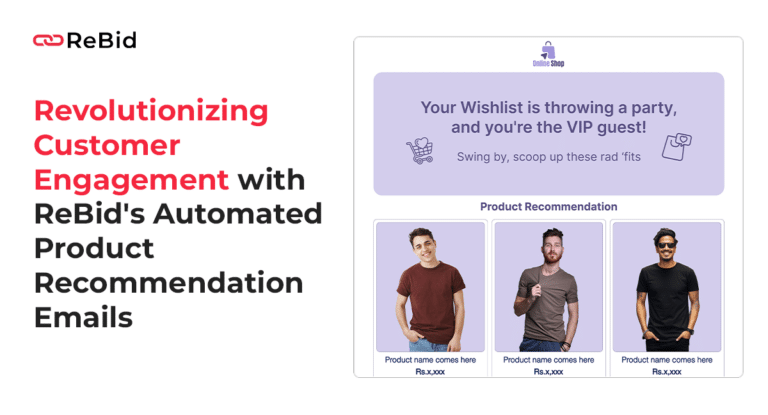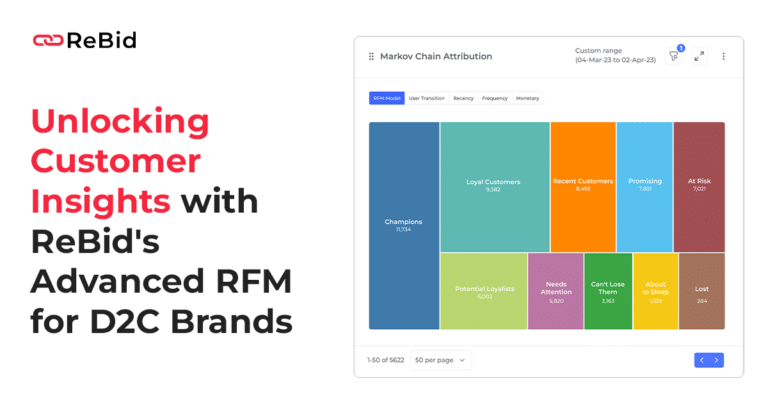PS: A bonus tip at the end, so you stop investing in a new-fangled tool every single week, to achieve the same or worse results.
Over the years, you have evolved to deliver hyper-efficient data driven marketing strategy. You have invested in data and technology, and continue to stay focused on personalizing your customer touchpoints to deliver delightful CX. But as an astute marketer, you know that data means nothing until it is distilled into insights. To achieve these meaningful, actionable insights, you must connect the dots across your stacks, be it marketing or advertising or sales data and tech stack.
And this is where most marketers get stuck. It’s because even the most contemporary martech and adtech automation tools continue to be siloed. They don’t give you a line of sight across your marketing and advertising touchpoints. This challenge promises to exacerbate as the third-party cookie deprecates as early as 2024. So how do you plan to continue to deliver data driven marketing strategy and personalize CX in a world without cookies?
The fear is real. But the solutions are very real too. Let’s dive right into it.
2023 adtech and martech checklist to future-proof your data driven marketing strategy
Step 1: Identify every data source
The first checkpoint for data driven marketing strategy is to identify every data source that matters. This includes every single customer touchpoint:
- Walled garden ads across platforms like Google and Facebook among others
- Programmatic ads
- CRM data
- Loyalty program data
- Email marketing list
- SMS and WhatsApp subscription list
- Ecommerce store data
- Website analytics
- And every other touchpoint where your customer engages with your brand
Ensure that wherever your data exists, it is readable, exportable via an API and analytics-ready. If you don’t have that capability across your tech stack, then it’s time to find a tool that helps you make your data portable via APIs.
Step 2: Identify a data integration tool or build one
Once you have identified the sources of your most crucial data sources, it’s time to consolidate it. Make no mistake – this is not one of those run-of-the-mill data dashboarding tools that have been flooding the market in recent years. Instead, you are looking for an integration tool that combines all those APIs and harmonizes your data.
You can build this in-house with your tech team. Or you can search the web as many players provide this now to help build data driven marketing strategy.
Step 3: Identify a data dashboarding tool that fits YOUR data use cases and data driven marketing strategy
Different businesses have different data use cases for analytics and marketing intelligence. What is critical is that you have these requirements filtered and prioritized.
Do you want to build a dashboard or an analytics suite just to inform and update? Or do you want the dashboard to empower you to actually make data-driven decisions? Different use cases may mean different types of dashboards, and no one size will fit all requirements.
Again there are tons of data dashboarding tools out there for you to choose from to sharpen your data driven marketing strategy.
Step 4: Identify an automation tool to automate your data workflows
The fourth checkpoint is automation. This, again, varies based on your use cases and data driven marketing strategy.
Not everything that can be automated should be automated. In the adtech and martech world, real dollars are involved, as are actual customers. One bad automation execution can impact your next quarter’s bottom line or, worse, your reputation.
Finding the correct automation use cases is half the battle here. Finding the right tool for automation is the other half. Again a lot of options out there to choose from.
Step 5: Stitch all these tools into a seamless platform that works for you
This last checkpoint is the hardest of all. With so many different tools and platforms built on various technologies, stitching them together is a pain even for the savviest tech teams.
This is where the true magic of future-proofing your data driven marketing strategy really happens. If you can stitch these disparate tools together to build a unified MADTech (martech + adtech) stack, you may have a winner on your hands.
And that’s precisely what you need to stay hyper-focused on personalization, CX, ROAS, and overall marketing ROI.
Build a MADTech stack to achieve data driven marketing strategy
While all of the above is doable, it’s more complicated than it sounds. But, tough or not, the above adtech and martech checklist is the way forward for data driven marketing strategy in 2023 and beyond.
It’s time to unify your martech and adtech data. It’s also crucial to overlay it with sales and other data from your enterprise-wide tech stacks to drive-data driven insights.
Doing this with tens of more tools for data source identification, data integration, data dashboarding, and automation makes the process even more complicated.
What you then need is a single platform that is built to future-proof your ad and marketing. If you are looking for one, check out ReBid.
ReBid is a unified MADTech intelligence platform that simply reimagines your marketing and advertising without the data silos.
ReBid ends silos by unifying martech and adtech and providing truly omnichannel activation, measurement and automation. All of it to power real-time, data-driven intelligence. All so you can make better decisions.
If your goal is to build a data driven marketing strategy and you are curious to know more, reach out to us here.





